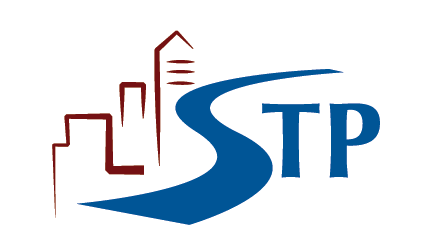
Supervisory Training Program 2015 Edition
The Associated General Contractors of America’s Supervisory Training Program (STP) is a construction-specific training curriculum developed, updated and field-tested by and for contractors. Supervisory skill—or the lack of it—directly affects every company’s bottom line. You make your money in the field, and STP can help you improve your organization’s bottom line.
The comprehensive 6-course program focuses on the knowledge and skills that every supervisor must have to be an effective manager of people, time, equipment and materials.
Program Completion
STP is a nationally recognized training standard that has been the professional development resource of choice for more than 130,000 construction supervisors and managers. Individuals who complete the 6 primary STP courses will receive an AGC Supervisory Training Program Certificate of Completion.